In nature, birds are omnivorous. They spend most of their time roaming, foraging and scratching. The expression of this natural behaviour leads the hens to eat a considerable number of coarse particles like seeds and plant fibrous materials, all of which require grinding.
Over time, this has led the digestive tract to adapt to this unique behaviour.
This adaptation allows for the grinding of raw materials to a critical particle size (normally not larger than 1mm) before entering in the small intestine.
This demonstrates that the digestive tract can adapt to changes in the diet.
Research has shown how, when feeding pellets instead of mash, birds will spend less time eating (Savory et al, 1974) leaving more time to develop undesirable behaviours (i.e: feather pecking).


Therefore to help avoid these behaviours we need to provide a diet similar in format and composition to that which they would choose to eat in a natural environment. Reality is that, when given the choice, they prefer to eat more coarse particles and will generally eat a larger amount of them in comparison with finer ones (Figure 1. Portella et al., 1988).
In addition, in nature food is not continuously available. This is the reason why birds spend most of the time searching for food particles.
In summary, natural feed behaviour implies coarse particles, fibrous stuff and intermittent feeding.

It’s easy to imagine that any change in feed texture (different raw materials) and/or microstructure (particle distribution) may affect feed consumption: fine grinding increases the number of smaller particles, often seen in crumbles or pellets.

Also, sudden changes in availability of raw materials can also provoke a reduction in feed consumption.




An optimal functioning gastrointestinal tract is key to reaching and maintaining maximum performance.
Feeding a coarse and homogenous feed structure stimulates the gizzard leading to a higher retention time in the upper part of the digestive system. The combination of providing a coarse mash feed alongside insoluble crude fibre has been associated with:
- Improving gut motility (reverse peristalsis)
- Reducing pH
- Improving nutrient digestibility, Bozkurt al. (2019)
Also, feeding mash diets has also reported higher counts of Lactobacilli spp at ileum level compared with pellet diets (Engberg et al., 2002).
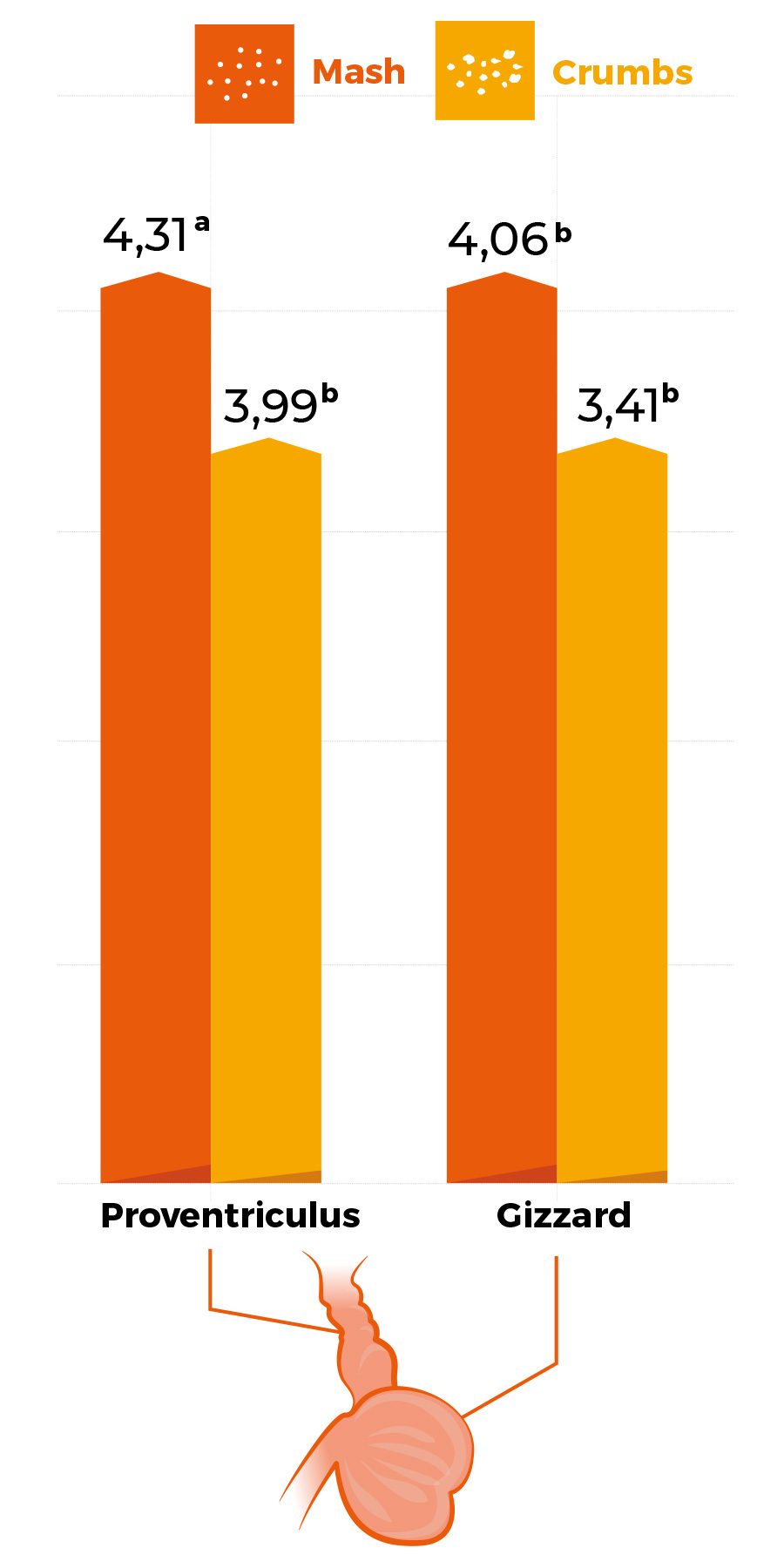


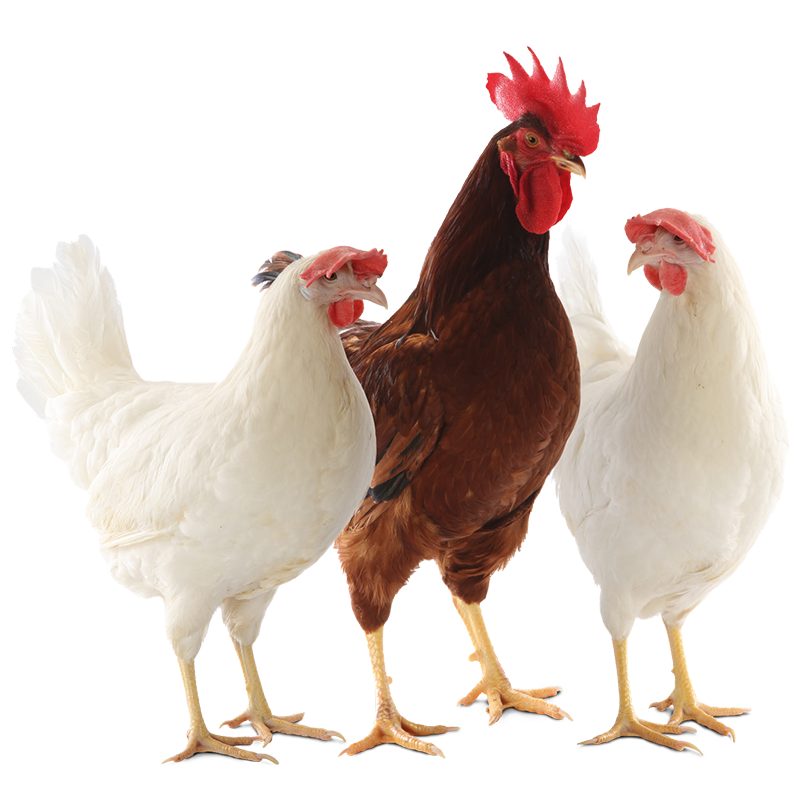
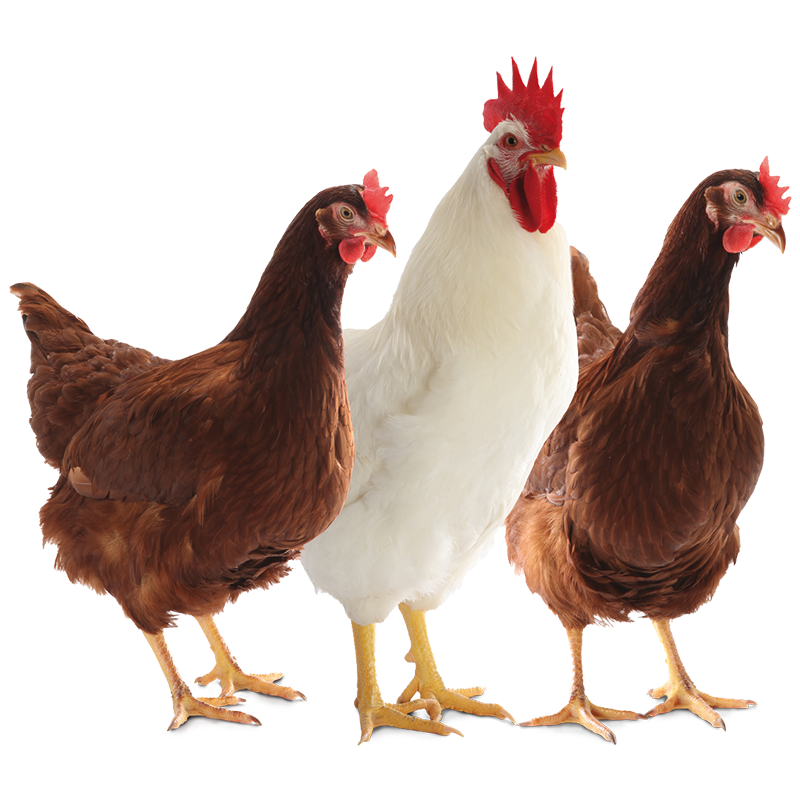


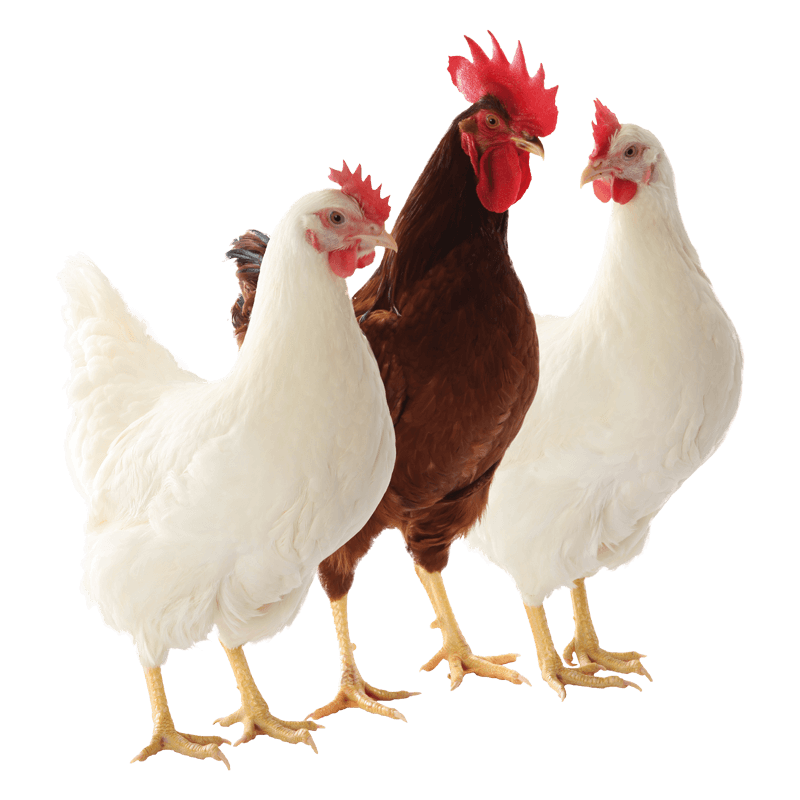

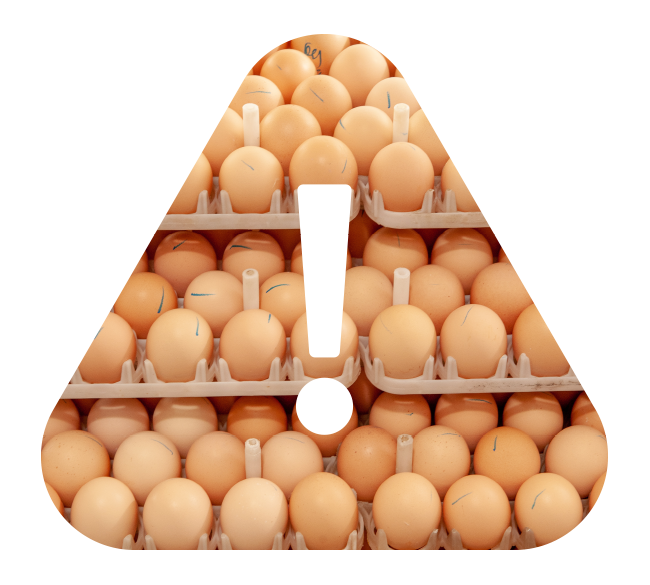

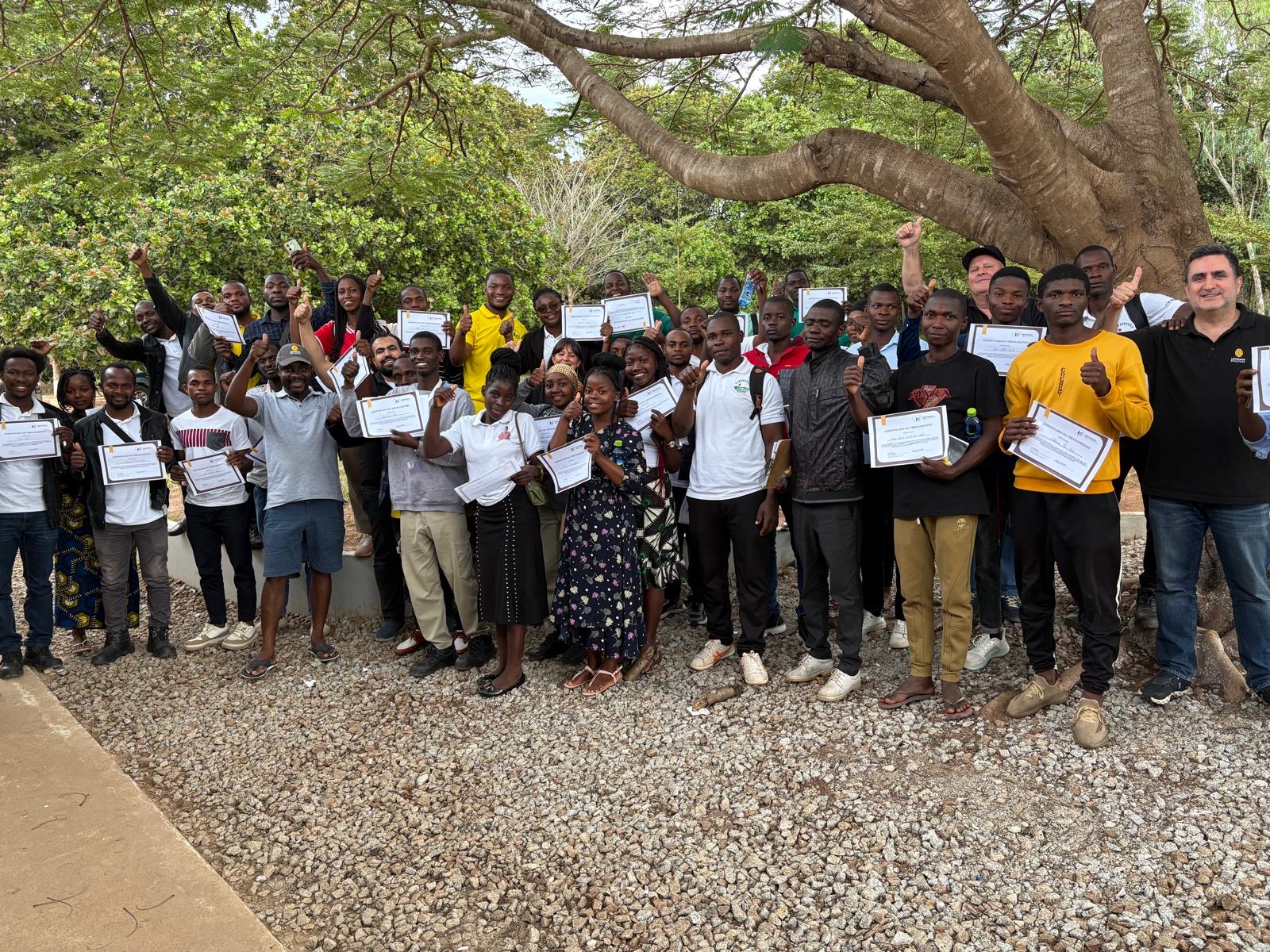
 Nutrition
Nutrition